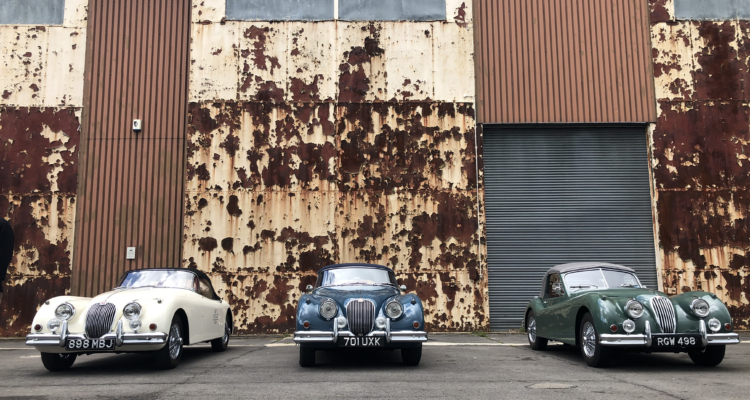The Jensen Interceptor – Five things you need to know
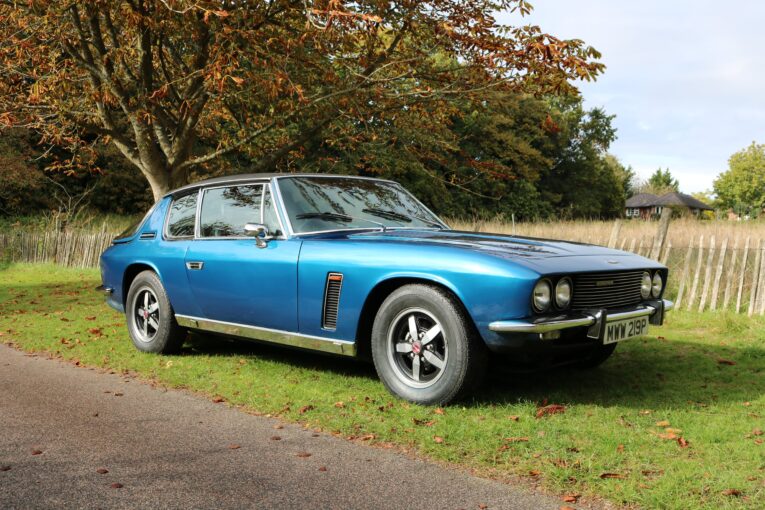
Upon its release in 1966 the Ford Capri quickly became colloquially known as the British muscle car. We saw it as our version of those burly, V8-engined beasts from across the pond, but it never actually came with a V8 (unless you count the South African Perana version). The best we got was a V6, either the 3.0-litre Essex, or the Cologne that came in 2.0, 2.3 and 2.8-litre displacements. They were pretty decent engines, all told, but a torquey eight-cylinder would have been the cherry on the top of our particular coupé-shaped Victoria Sponge, don’t you think? But why are we banging on about the Capri in an article about the Jensen Interceptor? Well, dear reader, grab a cuppa and we’ll fill you in.
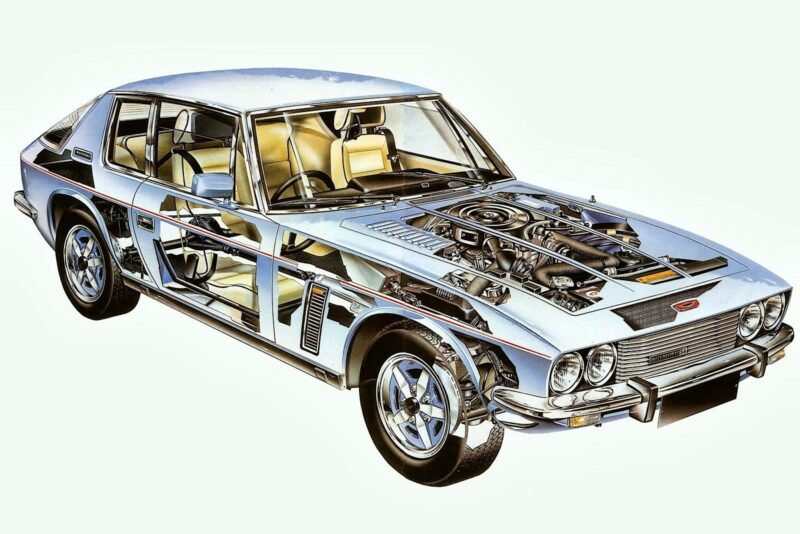
The Interceptor had already been on the scene for three whole years before that first Capri rolled out of the Ford factory in Dagenham. Here was a rear-wheel drive coupé with a big old V8 nestled under its beautifully styled bonnet – a vehicle much more deserving of that “British muscle car” sobriquet, in our humble opinion and while it may have had its share of issues, it remains an enduring and characterful grand tourer.
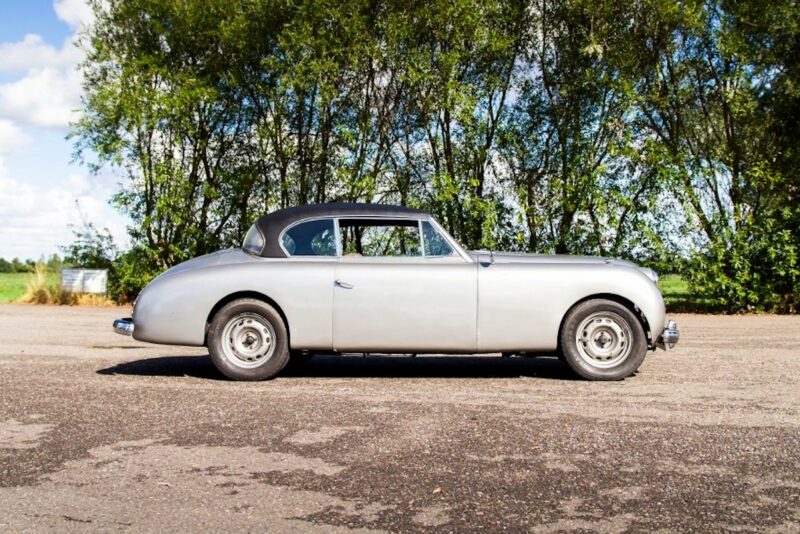
The original Jensen Interceptor
Technically the Jensen Interceptor has been around since 1950. Jensen Motors had previously used the name for its post-war, six-cylinder, Austin-based two-door. Hyphens aside, just under 90 were produced over the car’s seven year production run before making way for the sleeker 541. Perhaps due to the limited number of original interceptors made, coupled with the 16 year gap, Jensen hoped we had forgotten all about it and so instead of coming up with a new moniker for its latest effort it just re-used the Interceptor appellation. To be fair, it is an incredibly cool name for a car so we can forgive the repetition and it’s not like us Brits are opposed to such conventions. After all, we are on to the our third King Charles at this point.
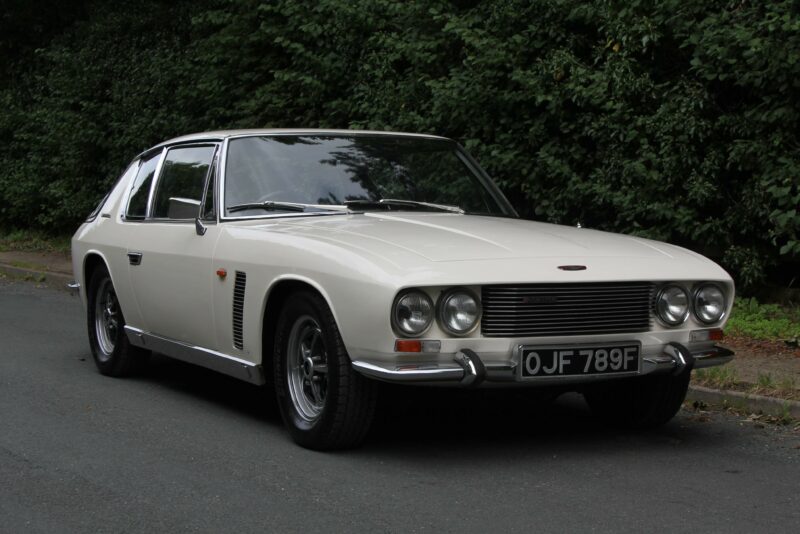
Speaking of the 541, fans of the model were hankering after more power and Jensen Motors delivered with the C-V8 in ’62, a car that came with a Chrysler eight-cylinder from the factory – an engine that made it one of the fastest production four-seaters of the time. The styling was divisive, however and so for its next endeavour Jensen outsourced design to Italian Coachbuilders Carrozzeria Touring. The result was the steel-bodied Interceptor with that now famous rear end. These initial bodies were hand-built by Vignale and shipped back to Jensen for final assembly, with the British firm subsequently moving the whole process in-house later on.
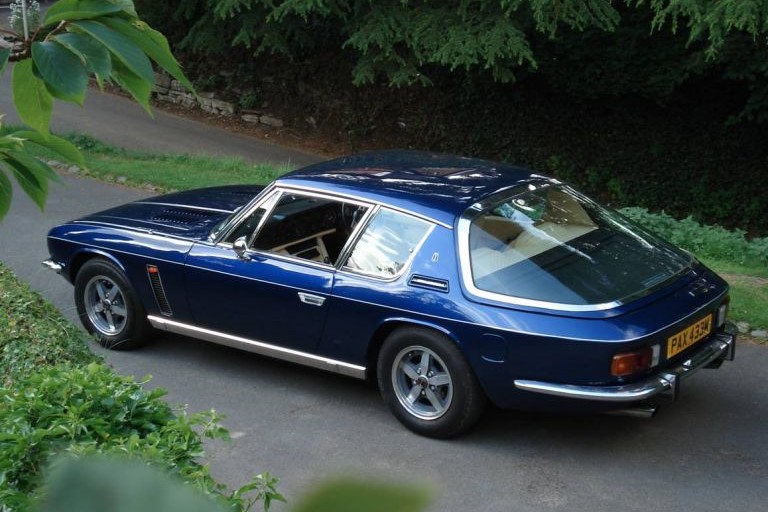
Not only did the Interceptor share its chassis with the C-V8 but it also kept the engine too – that 6.3-litre big-block V8. Producing around 330bhp it could propel the Interceptor to 60 from parked in around seven seconds and on to a top speed of 140mph. Driving the rear wheels through either a four-speed manual or 3-speed auto gearbox with a limited slip differential the drivetrain was about as American as they come. Displacement later grew to 6.8-litres in 1971, increasing the car’s peak power output to 385bhp.
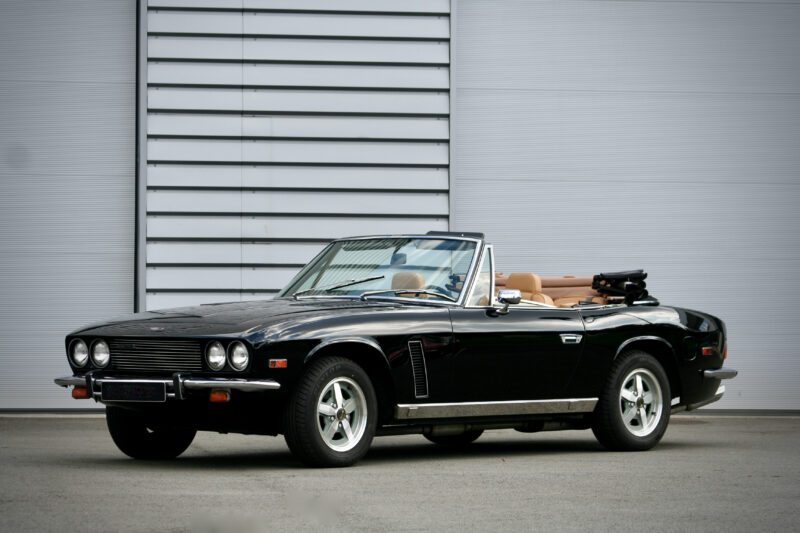
Styling-wise the Mk II arrived in ’69 and featured various design amendments, including a re-styled front end and lights as well as numerous updates to the Connolly Brothers hide interior, including optional air con. The Mk III came two years later, again with a revised front end and further interior changes. The 6.3-litre engine was ditched at this point, in favour of the 7.2-litre and GKN alloy wheels were fitted as standard. A convertible was also offered in ’74 that was mainly aimed at the American market but only 267 were made. Whichever variant you opt for, however, there are five things you need to know about the Jensen Interceptor.
1) Bodywork
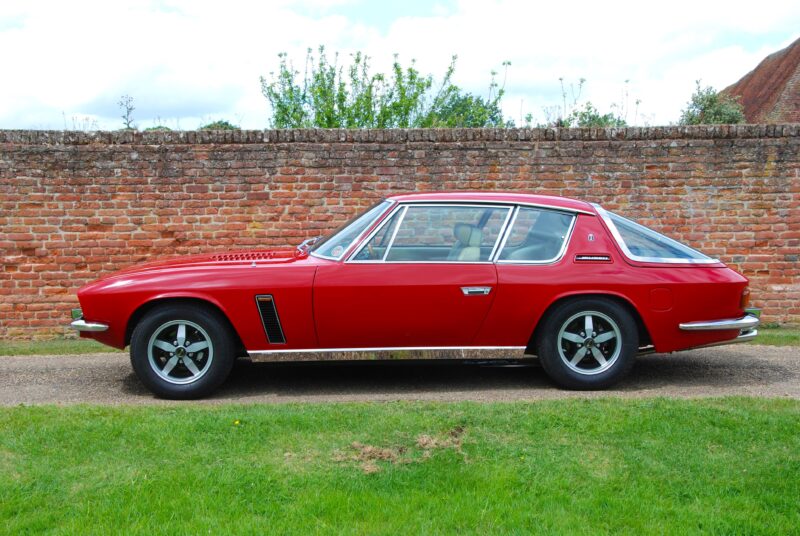
We’ve already mentioned the use of steel bodies on the Interceptor and combined with less than stellar build quality and rust-prevention, especially where the earlier Vignale examples are concerned, corrosion is a very real problem. The main area to inspect is pretty much the entire lower portion of the car. Both front and rear valances, all four wheel arches and the sills are notorious for rotting. The inner sills especially can be quietly rusting away out of sight as they are covered up by an outer sill and are incredibly expensive to replace.
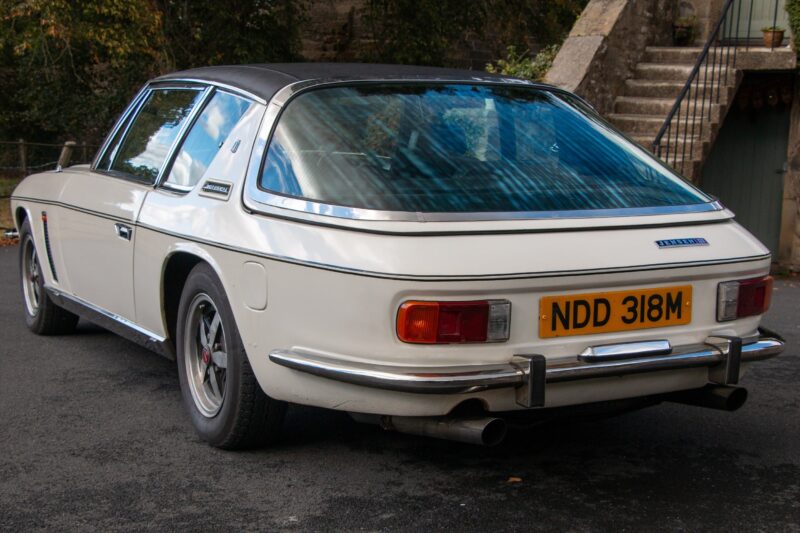
The windscreen and tailgate surrounds are also susceptible so thoroughly check these areas too. The cost of restoring an Interceptor can easily get away from you faster than Usain Bolt with the wind behind him and coupled with the hand-built nature of the panels – which will undoubtedly require some fettling to fit – it’s better to buy the best example you can afford rather than skimping and then trying to repair and replace any dodgy body parts.
2) Engine and Transmission
The Chrylser V8, whether it be the 6.3 or larger 7.2, is a simple, carburettor-fed affair and is pretty bomb-proof. These are tried and tested engines and as long as they are properly maintained will last for along time before a rebuild is required. The main problem to be aware of is heat soak so check the wiring loom and rubber fuel lines for any indication of heat damage. This problem can be alleviated somewhat by making sure the cooling system is in top condition and replacing the rad with a larger unit and electric fan that can be switched on when required. Smoking from the exhaust will indicate worn oil seals and any rattling from under the bonnet will be sure sign of timing chain wear so check any history to make sure the thing has been regularly serviced and maintained.
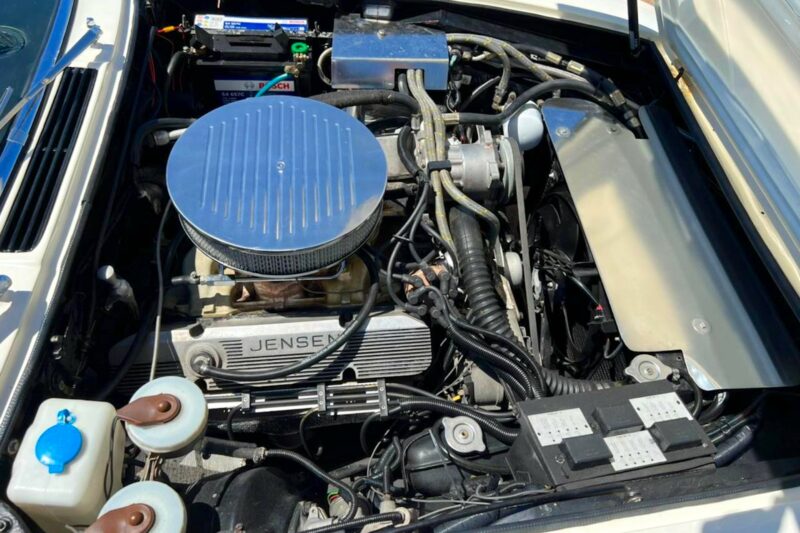
The majority of cars featured the Torqueflite A727 Auto gearboxes and again, these are robust units but they do respond well to regular oil changes and shifts should be smooth and positive. Check for any leaks from the system. A rebuild will set you back around £1,500 to £2,000, which isn’t huge in the grand scheme but still best avoided for the budget-concious. Rear diffs can also weep so check for any nasty noises from the rear.
3) Suspension, Steering and Brakes
At over 1.5 tonnes the Interceptor is a hefty old beast. Pair that with its performance credentials and you have a recipe for worn suspension. Joints and bushes are under a lot of strain and may need to be replaced. Uneven or overly small wheel arch gaps can indicate sagging springs (leaf at the back) and the old bounce test will help you to identify the state of the dampers. Overly bouncy and they will need replacing. Power steering racks have been known to leak and the system can be a pain to fettle with so check the steering is smooth and precise.
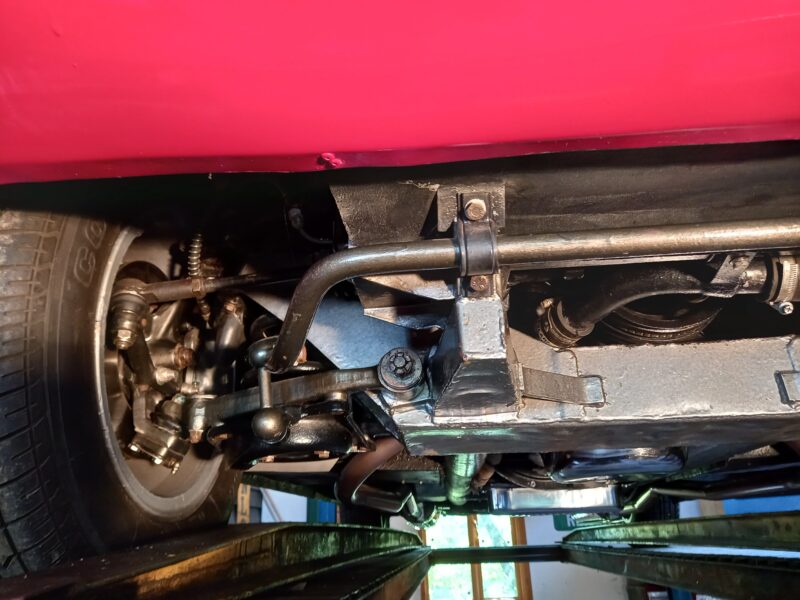
The Interceptor’s all-round disc brake setup was ahead of its time upon the car’s release but it is an easy system to work on and parts are readily available. It shouldn’t cause too many problems but the usual inspection of the discs and pads, as well as the lines for any corrosion, damaged fittings and leaks should uncover any neglect.
4) Interior and Electrics
We’ve already mentioned the potential for crispy wiring but along with its propensity to melt there is also a lot of it. Interceptors were pretty complicated for the time with air conditioning, electric windows and myriad switches so make sure everything works as it should.
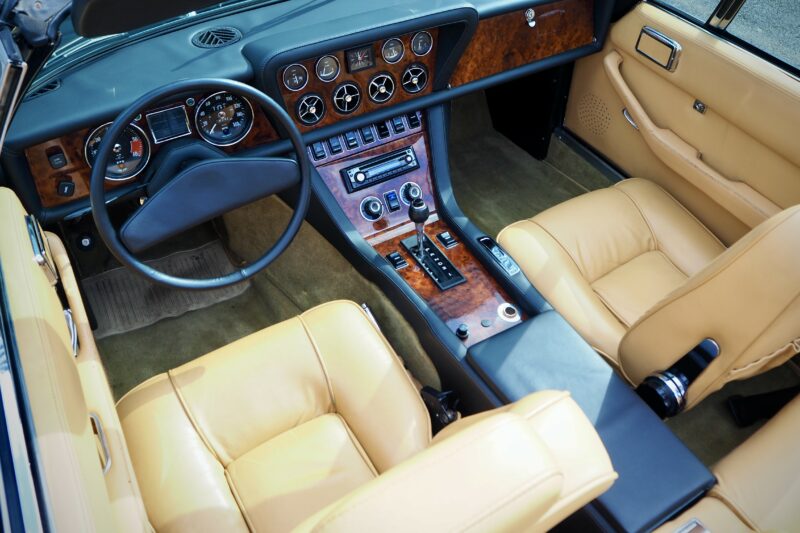
Trim-wise the cabins are swathed in leather so make sure it is all in good condition. A full re-trim is expensive and so vinyl is often used as a substitute to save money on replacements or repairs but this totally undermines the whole character of the GT’s interior and should be avoided. Check the carpets for any signs of water ingress too – a sure sign of leaky window seals and a recipe for rusty floorpans.
5) Parts
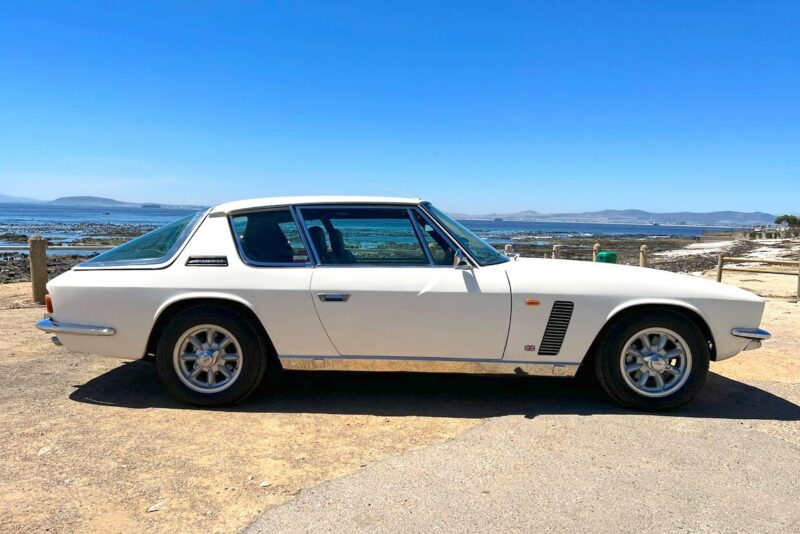
After market support for these cars is pretty decent on the whole and there are numerous specialists out there. Companies like Richard Appleyard and Martin Robey can provide the bits you’ll need as well as the skills and know how to actually keep the car on the road where it belongs. Having said that some trim pieces can be hard to source which obviously makes them expensive. Panels are available but as previously mentioned it’s best to avoid rotten cars in the first place. You’ll save money in the long run by starting off with a rust-free Interceptor and it remains one of the easier GT cars to live with from an era when luxury sports tourers were very much en vogue.

